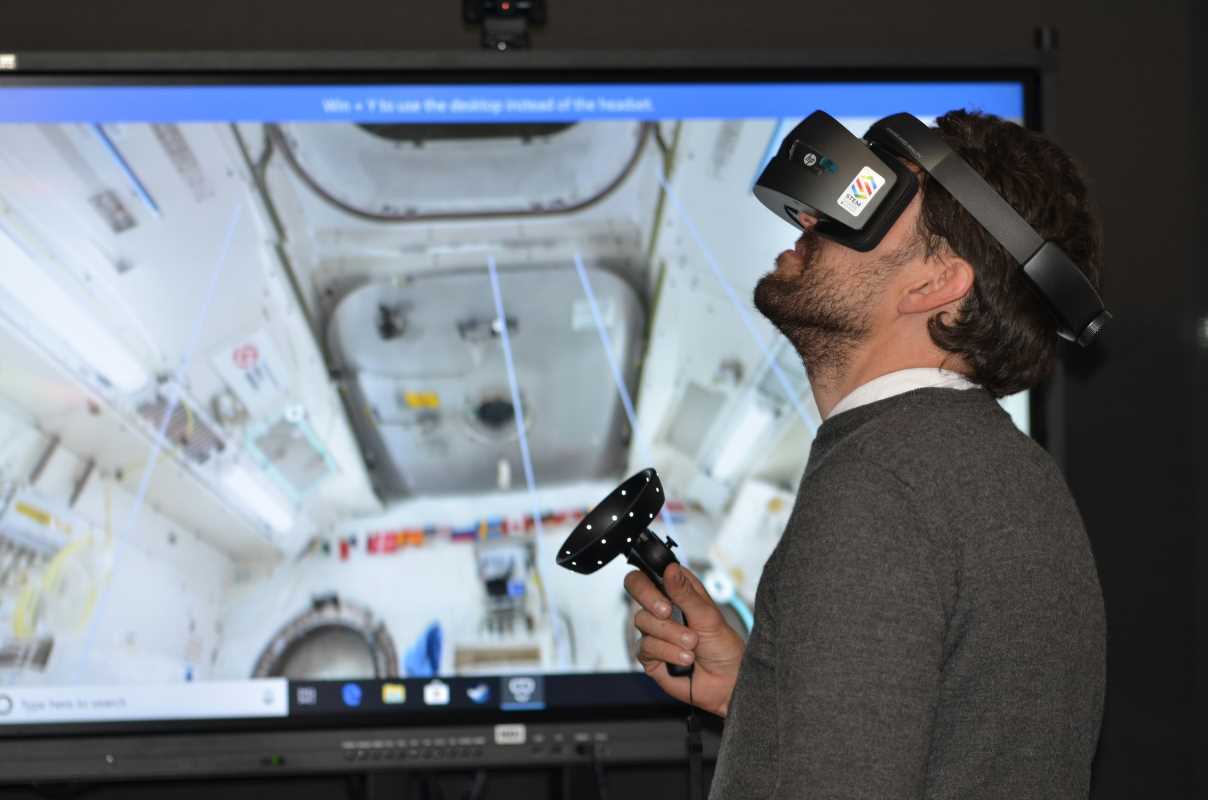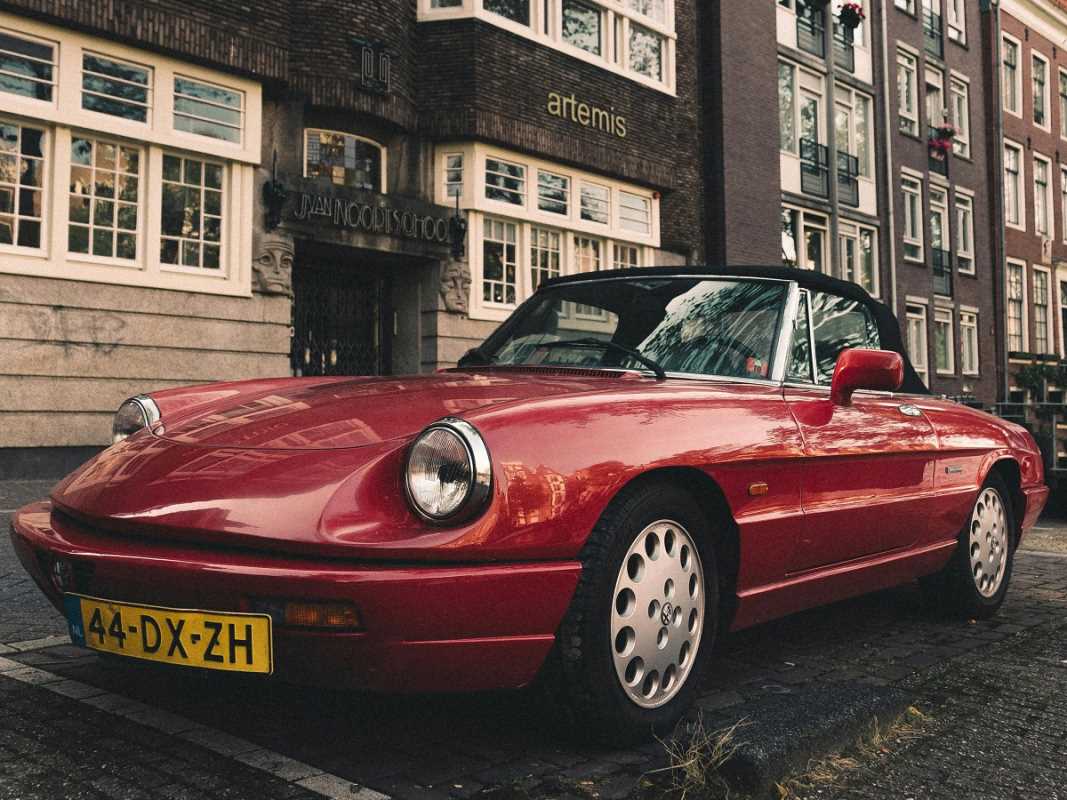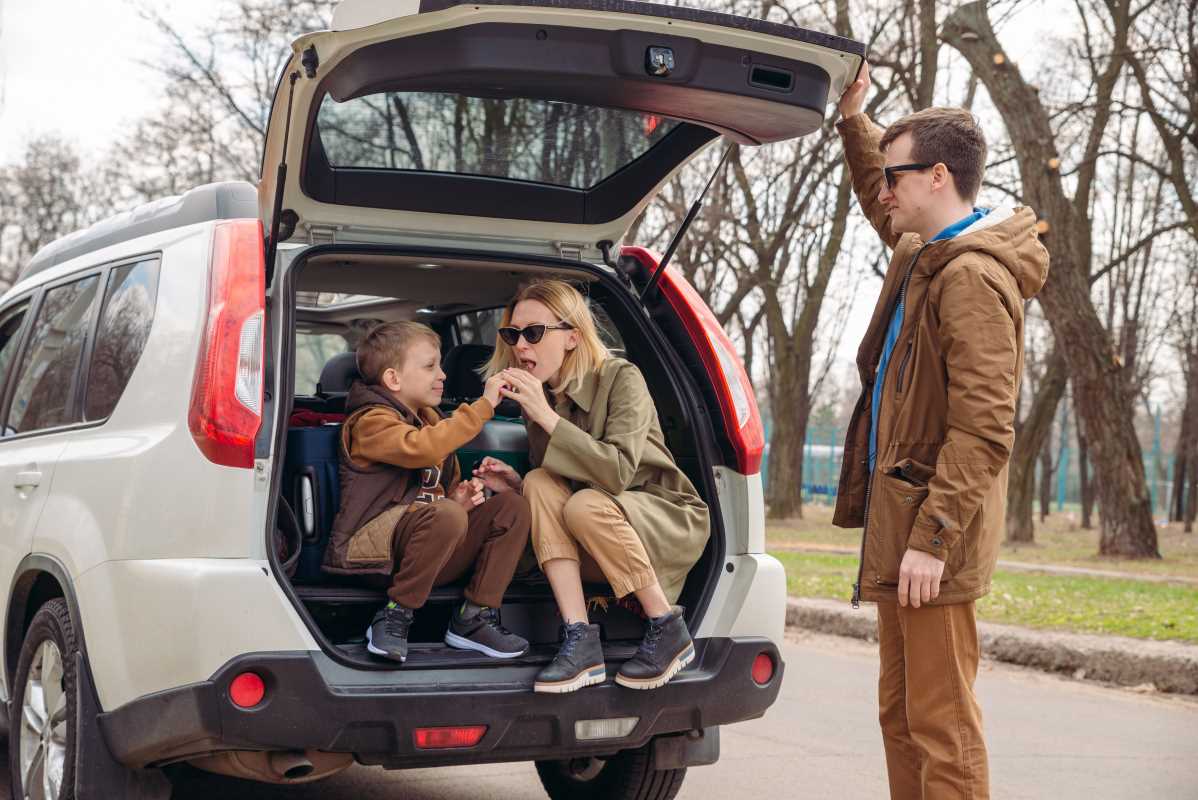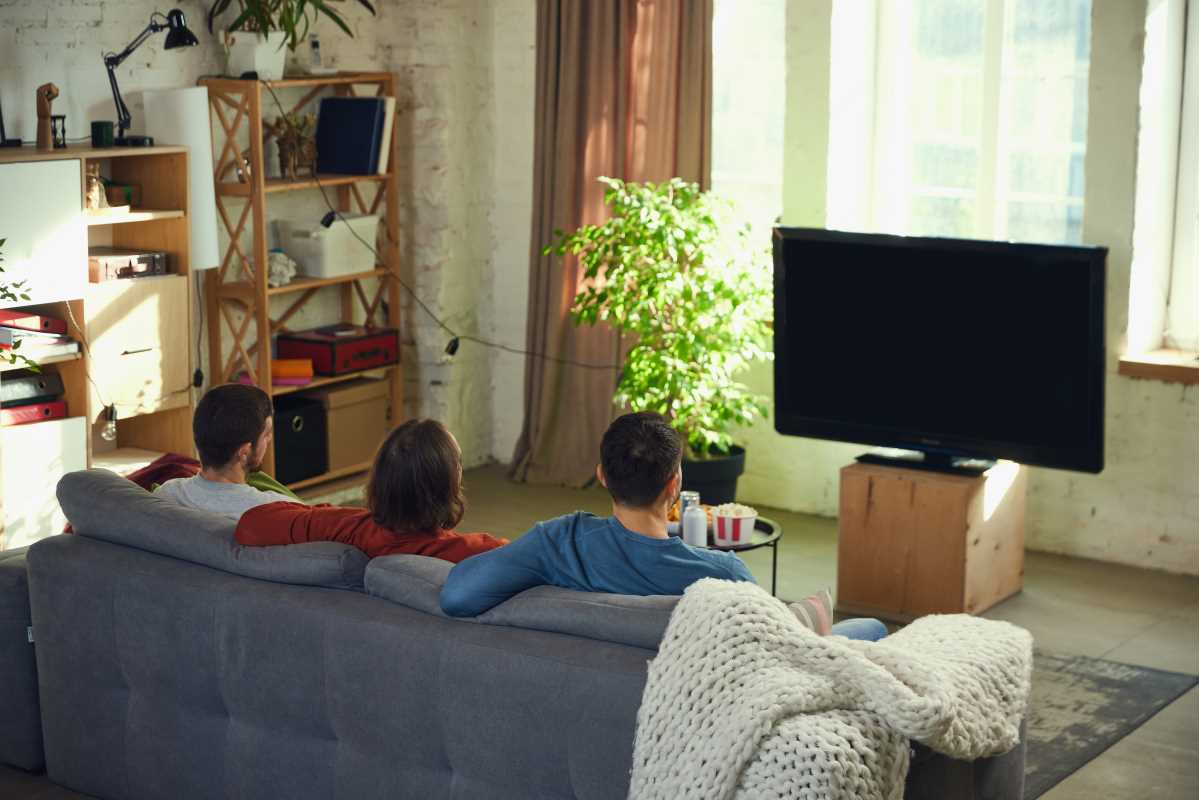Technology is reshaping hobbies in ways we’ve never imagined, and perhaps no area is experiencing this transformation more profoundly than the automotive world. Augmented reality (AR) and virtual reality (VR) are no longer just futuristic concepts; they are tangible technologies redefining how we explore, learn about, and connect with cars. For auto enthusiasts, this shift represents more than a trend. It’s a revolution in how we connect to brands, share our passion, and experience the thrill of driving—even from the comfort of our homes.
Let’s take a closer look at how AR and VR are fueling this exciting evolution, exploring where we are now, and what the future holds for automotive media.
Taking the Showroom Home
Traditionally, researching a car meant poring over glossy brochures or watching advertisements with stylish walkarounds. But with AR, the car showroom has effectively come to life in your driveway. Apps like Hyundai’s AR-enhanced owner’s manual and Porsche’s Mission E augmented reality app have set the standard for interactive features that allow users to explore cars up close and personal. With a smartphone or tablet, users can project a life-size version of a vehicle into their physical environment, inspecting it from every angle.
For example, BMW’s Virtual Viewer app enables customers to visualize how a BMW model would look in their personal garage or driveway. Prospective car owners can even explore the interior of a vehicle, toggling between different upholstery, finishes, and dashboard layouts. Want to compare alloy wheel options or test out how a red paint job would look against your house? AR technology puts that level of customization right in your hands. And then there’s Tesla, which offers VR experiences that allow users to sit inside the Tesla Model S or experience its electric performance on a virtual test drive, all without setting foot in a showroom.
Virtual reality takes customization one step further. Automotive giants like Audi and Ford invest heavily in VR showrooms, allowing users to experience an ultra-realistic, 360-degree view of vehicles from the inside out. Some manufacturers are merging AR and VR into mixed reality, where customers have the ability to “build their car” in a virtual space, seeing changes to trim, colors, or engine specifications in real time.
This approach has dramatically altered consumer behavior. Many people explore cars virtually first and visit showrooms as a secondary step, significantly shortening the buying cycle. And in some cases, like with Polestar’s all-electric lineup, buyers skip physical showrooms altogether, relying wholly on digital platforms to make their purchase. For automakers, AR and VR have created new and exciting ways to capture customer attention while slashing the costs and logistics of traditional marketing.
Race Day from Your Living Room
Race day has always been an electrifying experience for motorsport fans—but not everyone can make it to the circuit. Enter VR. Fans can now feel like they’re part of the action using high-quality VR headsets like the Meta Quest or HTC Vive. Through VR streaming services, viewers are gaining access to sights and sounds previously exclusive to drivers and pit crews.
Consider Formula 1, a trailblazer in motorsport tech innovation. Through partnerships with companies like The Dream VR, Formula 1 offers immersive options that allow fans to “walk” the pit lanes, listen in on strategy discussions between drivers and engineers, or even ride shotgun in a race car during a nail-biting lap. NASCAR and MotoGP have adopted similar tech, enabling fans to view live race telemetry as though standing trackside—even if they’re in the living room.
Broadcasters are also pushing boundaries. Sky Sports recently used AR to provide detailed, real-time stats during its race coverage, placing race leaderboards, overtaking lines, and tire degradation data directly in front of the viewer. Motorsport games are also a major component of this experience. Platforms like iRacing and Assetto Corsa Competizione, powered by VR, allow users to compete in hyper-accurate virtual races against friends or even professional drivers.
For race organizations, AR and VR are more than just fan-service tools; they’re engagement drivers helping to expand audience reach. By making the world of motorsports more accessible, they’re converting casual fans into committed enthusiasts.
Learning and Tinkering Without Limits
The automotive enthusiast community is deeply rooted in learning and craftsmanship, and AR and VR are revolutionizing how technical knowledge is acquired and applied. For years, auto enthusiasts have relied on YouTube tutorials or dense manuals to learn how to repair or enhance their vehicles. Today, AR is making this process far more intuitive and efficient.
Imagine you’re restoring a beloved classic muscle car. Using an AR headset like Microsoft HoloLens, you can access interactive blueprints and engine bay overlays that guide you step by step through the restoration process. Apps like Bosch’s Common Augmented Reality Platform (CAP) allow technicians to view detailed schematics and instructions superimposed directly onto the physical components of a car. Enthusiasts who previously felt intimidated by complex car repairs now have tools to handle tasks with confidence.
VR simulations take driving education to new levels as well. For beginner drivers, virtual reality provides an opportunity to master fundamental skills in a safe, controlled environment. On the other hand, professional racers use sophisticated simulators to refine their techniques without subjecting tires to track wear or burning gallons of fuel. Companies like Virage Simulation and Base Performance Simulators offer training platforms that mimic real-world driving scenarios so users can prepare for high-stakes environments like motorsport races or extreme weather conditions.
Learning tools powered by AR and VR democratize access to knowledge, ensuring enthusiasts of all levels can deepen their technical expertise.
Community and Connection
Car culture has always thrived on shared experiences. Whether it’s admiring chrome-polished classics at a show or swapping stories about road trips, the community aspect is foundational. AR and VR have brought the automotive community closer than ever, regardless of physical location.
Take virtual car meetups, for example. Using platforms like AltspaceVR or VRChat, enthusiasts can participate in virtual automotive shows where they unveil their digital creations, chat with like-minded individuals, or even hear from automotive designers about their creative process. Big names in the industry are jumping on board with events like the VR-enabled CES (Consumer Electronics Show), where brands like Mercedes-Benz have revealed prototypes and held immersive Q&As with fans worldwide.
Additionally, AR features on social media enhance the way enthusiasts share their cars. Snapchat and Instagram filters allow users to overlay virtual upgrades onto photos of their vehicles, from trying out a new body kit to previewing a spoiler. Tuning enthusiasts can even simulate modifications like ride height adjustments, enabling them to collaborate and exchange ideas with others before committing to physical changes.
Automotive VR experiences are also helping bridge gaps created by geographical distance. For example, residents of rural areas or smaller towns who may lack access to big car events can now participate digitally, ensuring that everyone has a chance to experience the thrill of auto culture. Enthusiasts who once felt removed from these vibrant communities now have a virtual gateway to connect.
The Road Ahead
The integration of AR and VR into the automotive world is still in its infancy. But the possibilities are moving full speed ahead, with no signs of slowing down.
Imagine a future where you walk into a dealership, put on an AR headset, and view real-time performance stats overlaid on the car you’re examining. Or perhaps you’ll use VR to test drive a freshly launched electric model in a digitally re-created city that mirrors your own. How about attending a fully virtual global auto expo where you can interact with cars from every brand while learning about eco-friendly innovations? These aren’t far-off dreams; they’re rapidly approaching realities.
Companies like NVIDIA are leading the charge by advancing automotive VR tech used in design and engineering. Their software allows car manufacturers to collaborate globally in real time, refining ideas through virtual rendering. Meanwhile, AR specialists like Unity are providing tools for real-world applications, from car repair apps to AR-based driver assistance systems.
On the consumer side, AR and VR continue to surprise and delight. Manufacturers, broadcasters, and event organizers are turning these technologies into essential tools for engagement. AR-enabled dashboards may soon provide drivers with dynamic, data-rich overlays that offer enhanced navigation, safety insights, and personalized messages based on the car's surroundings.
 (Image via
(Image via





